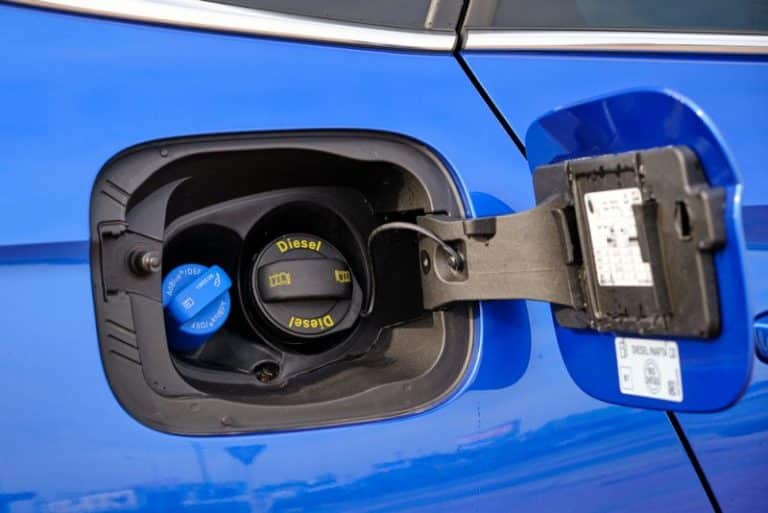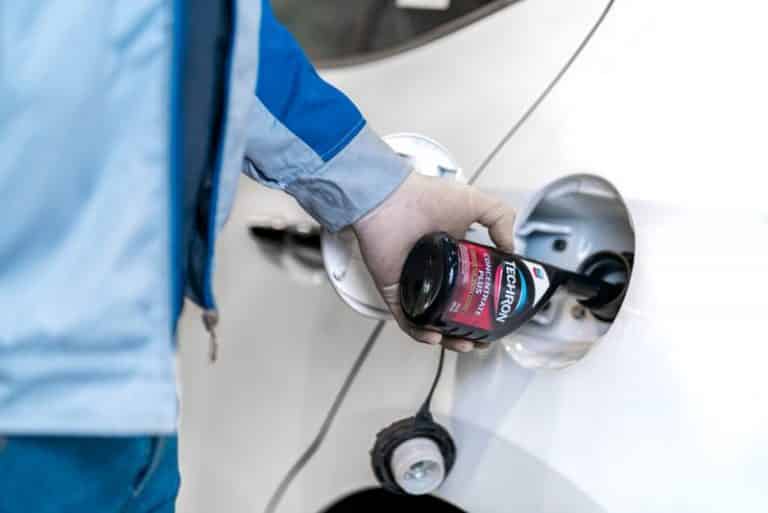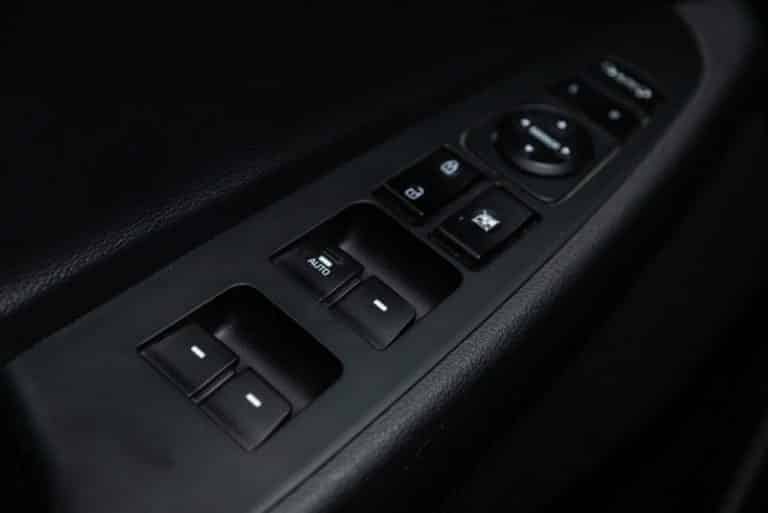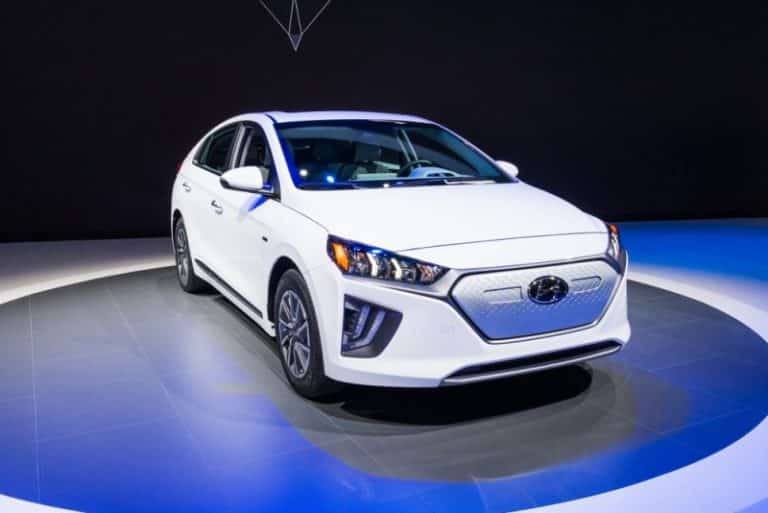Does Hyundai Santa Fe Have A Timing Belt or Chain? (Let’s See)
Knowing the critical details about your car is the first step toward maintenance. If your car is the classy Hyundai Santa Fe SUV, you want to keep enjoying it.
Therefore, you should develop a keen interest in car components.
Your car uses a combustion engine for power. Every combustion engine either has a timing belt or chain. Does your vehicle have a timing chain or belt?
Why are they important? Read on to get detailed answers.
A timing chain is an option when your car is the latest model of Hyundai Santa Fe. This 5-door SUV choice is due to the type and components of its engine. Hyundai Santa Fe’s timing chain has several advantages, and it is pretty different from a timing belt. So let’s learn more about both types.
What is a Timing Belt or Chain?
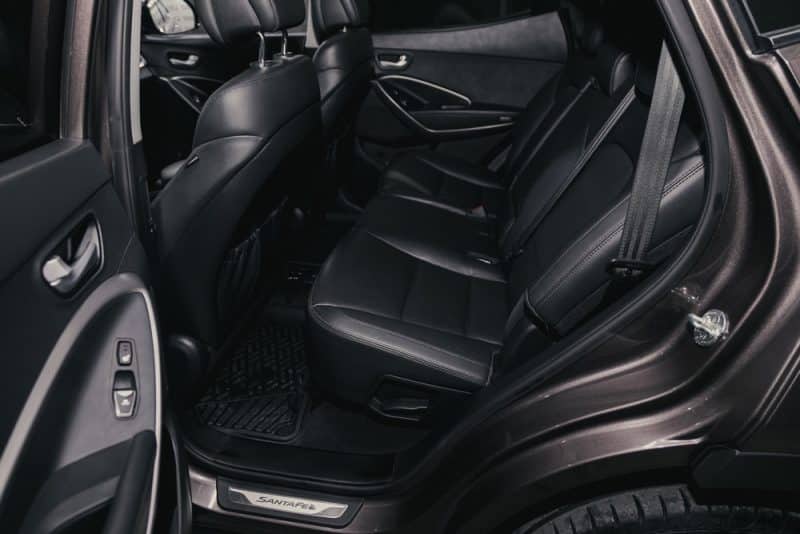
Your engine has a crankshaft and camshaft. A timing chain connects the two. The aim is to regulate the movement of the two components.
Both components have a rotating unit, and they have to rotate simultaneously and at pace.
You understand why this synchronization is crucial if you know the mechanism of a fuel engine. The focus is on how these engines burn fuel.
They burn fuel through the use of pistons and valves.
A typical vehicle has two types of valves in its cylinder. Namely: the exhaust and intake valves. One valve allows a combination of air and fuel into the unit.
The other is the exit site for combustion waste.
Piston’s downward and upward movements synchronize with the opening of the valves. The upward movements put pressure on the fuel-air combination.
A spark ignites the reaction, and the pressure ensures complete or near-complete combustion.
The camshaft is responsible for the movement of the valves. The direction of the piston is thanks to the other component.
When one component rotates, the belt does the same to the other element. This mode of operation is vital for modern vehicles with interference engines.
Does Hyundai Santa Fe have a Timing Belt or Chain?
Car engines today make use of a timing belt or chain. It is a function of the manufacturer’s preference. Both timers work when kept in good condition.
However, they have different advantages and maintenance procedures.
The engine of the newest Hyundai Santa Fe models has chains. However, older versions like the 2001 to 2009 models have the other type of timing belts.
The company made a switch in their choice later on.
Hyundai Santa Fe started using a timing chain in the 2007 model. As a result, the two options were available for Santa Fe lovers from 2007 to 2009.
The switch was complete in 2010; the company only manufactured engines with timing chains.
A potential reason for this switch is longevity. So naturally, you expect a chain to last longer than a belt. The Hyundai Santa Fe timing chain is no exception.
Like many modern cars, you should also know that this vehicle uses interference engines.
What is the Difference Between a Timing Belt and a Chain?
Studies show that the two types of timing components are standard. The invention of one hasn’t reduced the use of the other.
They perform the same function means the choice is at the manufacturer’s discretion.
However, the difference becomes apparent when you compare the mode of operation. You can compare and contrast the resultant effect on the engine and vehicle.
#1. Noise
A chain grinding and moving over the strong metals of the camshaft and crankshaft creates noise. The chain produces more sound, and you hear the rotating action more loudly.
On the other hand, the timing belt is what you call a silent caller.
#2. Engine Power and Performance
Due to the more decisive actions of the chain on the two shafts, the engine uses more power to engage the rotation procedure.
On the other hand, the belt requires less energy to rotate the two components. So the power demand is higher when your vehicle uses the timing chain.
A timing belt requires less engine power.
#3. Fuel Efficiency
You might wonder why the type of timer affects the engine. That is simply down to the energy requirement of each type.
The timing chain requires more power; hence the engine uses more fuel for mileage.
Simply put, a timing chain reduces fuel efficiency.
However, a timing belt requires less engine power, in essence, higher fuel efficiency.
#4. Longevity
That is a significant difference that sets the two apart. You can continue to use the same timing chain throughout the vehicle’s lifespan.
However, the timing belt needs regular replacement due to the production material. A timing chain is for all time.
A timing belt? Just for a short time.
#5. Maintenance Procedure
The longevity affects their maintenance procedure. For example, a Hyundai Santa Fe timing chain primarily needs lubrication.
Therefore, timing belt maintenance includes a regular check to ensure it remains firm and replacement when such happens.
Why Replace a Faulty Timing Chain or Belt?
The whole model of operation might seem simple. You can say all it does is rotate two components of your engine. However, there is a need for synchronization, and it is more than rotation.
A faulty timing belt or chain has a devastating effect on your engine. But the extent of this devastation depends on whether you have a running-free or an interference engine.
#1. Running-free Engine
This type of engine has two parts in different spaces. There is substantial space between the piston and the valve in total open capacity.
As a result, the valve does not hit the piston, and the two components run free during combustion.
Reduced fuel efficiency is what you get when this engine is faulty. The exit unit opens before the completion of fuel combustion.
The machine uses more fuel because fuel is escaping due to a defective timing belt.
#2. Interference Engine
This type has two components in the same space. So the movement is closer. However, the belt or chain synchronizes the campaign to prevent a collision.
This setup produces more pressure, better fuel combustion, and more power.
That explains why it is the preference for most automobile companies. For example, the Hyundai Santa Fe has an interference engine.
In this case, a faulty timing belt causes friction and accidents between the two components. This friction can lead to total damage to the engine.
This situation will require that you replace the engine or car in severe cases.
These two cases explain why a faulty timing belt replacement is paramount.
When Should a Timing Chain be Replaced on a Hyundai Santa Fe?

It is safe to replace your chain after a specific mileage to be on the safe side. For Hyundai Santa Fe, the mileage is between 85.000 to 110,000 miles.
Timing chain replacement becomes vital at this point. Constant lubrication should be a practice whether irrespective of the situation.
Sometimes, the symptoms or signs of a faulty timing chain are not readily visible. At least not until the damage is severe and compound.
This symptomless nature is why you should replace your timing belts at the interval.
Summary
Hyundai Santa Fe’s newer models give you a long-lasting timing chain. Coupled with it is an interference engine to produce more power.
As a result, you will enjoy the maximum output from this SUV if you play your cards right. A beautiful ride to Santa Fe, New Mexico, awaits in this gorgeous Hyundai Santa Fe.

